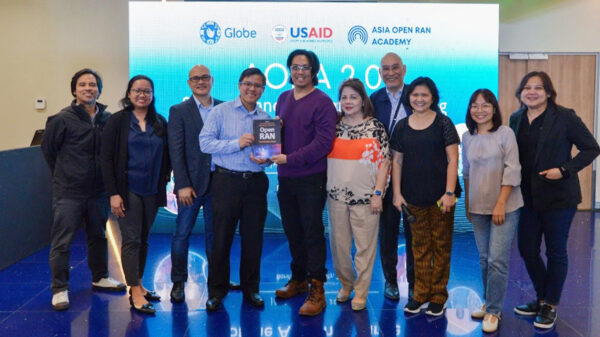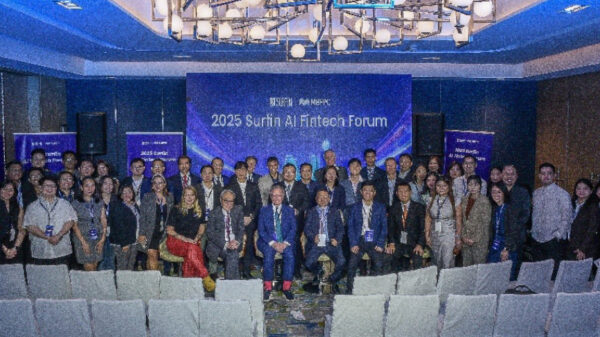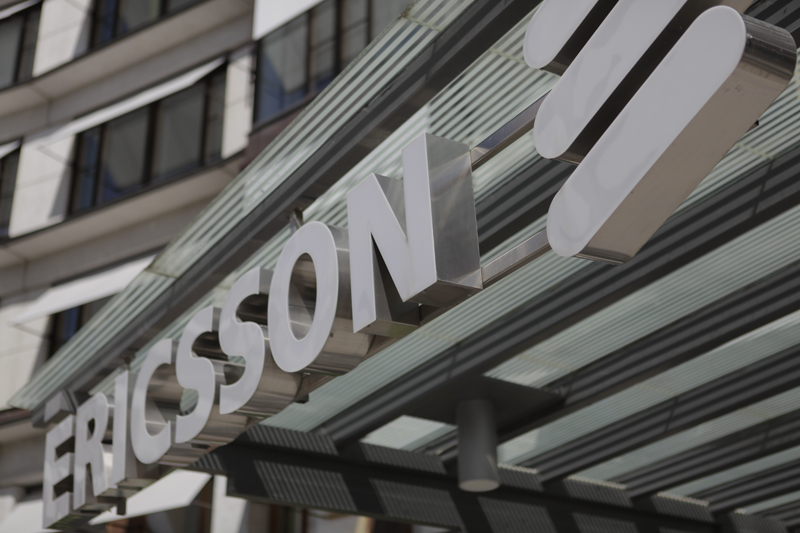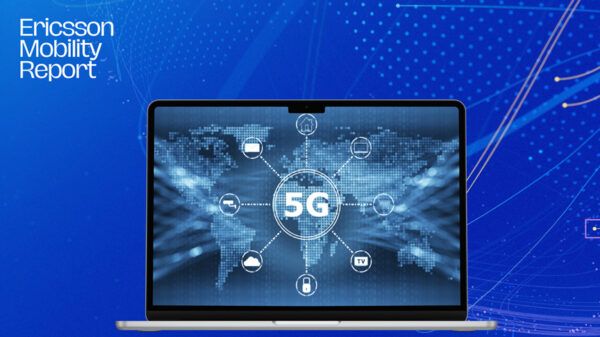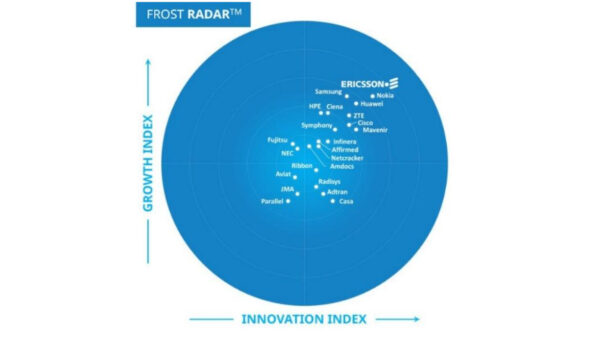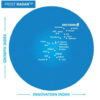Driven by the rise in handset usage particularly in the youth sector, smartphone penetration in the Philippines is expected to experience strong growth in the next three years, from an increase of 40% in 2015 to an estimated 70% expansion in 2018, according to the Ericsson Mobility Report 2015, a study which provides insights into the current mobile network data traffic and market trends that are applicable to both consumers and enterprises.
“This year, smartphone subscription penetration for the country is estimated at around 40% and we see this growing to around 70% by 2018,” said Sean Gowran, Head of Ericsson Philippines and Pacific Islands. “UN data states that the urban population of the country is at 44% level, so we can expect that by 2018, smartphone subscription penetration will exceed the urban population.”
Having started deploying LTE networks commercially, the study likewise found out that the share of LTE subscriptions in the country’s total mobile subscriptions is projected to reach around 40% in 2018, from less than 10% in 2015.
LTE networks to become more accessible
In the Southeast Asia and Oceania region, LTE networks will become accessible to its population in the years to come as more than 75% of the people will have access to it by 2021. Subscriptions for LTE/5G are projected to increase and surpass the 500 million by 2021, driven by 3G migration and new services like Voice over LTE (VoLTE). In addition, the transition from 3G to 4G will help operators to cope with the predicted immense data traffic growth and deliver faster upload and download speeds.
The continuing hike in smartphone use and production due to increasing demand has accelerated the growth in data usage which prompted more customers to migrate to higher data volume packages. This year, 40% of users in the region are subscribing to 2.1-5GB mobile broadband plans, compared to 30% in 2014. Subscription figures will surely balloon as the region’s total mobile data traffic is forecasted to rise 14-fold by 2021.
In a country with lower broadband penetration and access to Wi-Fi such as the Philippines, the ratio of data traffic carried via mobile broadband is significantly higher. This is the reason why majority or almost 60% of Filipino consumers are currently subscribing to mobile broadband plans of up to 5GB for faster upload and download speeds as compared with the 40% in 2014. Many subscribers, however, are not utilizing full data availability as around 40% utilize less than 50% of their plan allocation while 20% use more than 100% of their allocation.
Subscribers consuming more data
“The study shows that subscribers are consuming more data than ever before and that they are subscribing to largest volume packages. We expect that consumers who underutilize their subscription packages will have a lower perception on the value of money for the package from the service provider,” said Gowran.
According to Gowran, this challenge may lead to churn which signals an opportunity for operators to reduce churn proactively recommending the best packages that match their subscribers’ usage pattern.
Among countries in the Southeast Asia and Oceania region, Australia and Singapore has the best network performance because of its LTE and LTE Advanced deployment. The report says that data-intensive applications such as HD video streaming could easily be delivered by mobile networks in these countries across the whole coverage area.
In developing countries, however, it could be a challenge for operators to deliver similar applications although it is expected that networks in these countries have greatly improved in performance, says the report.
Likewise, even with high subscription penetration, there are still challenges the region face as the next wave of smartphone users is expected to come from rural areas where a bigger portion of lower income population lives. This raises issue on how mobile services will be brought to these locations in a cost-effective way.
In this regard, service providers and device manufacturers must need to address existing challenges that revolve around availability, affordability and in educating consumers about the benefits of smartphone and mobile data. REY VICENTE


